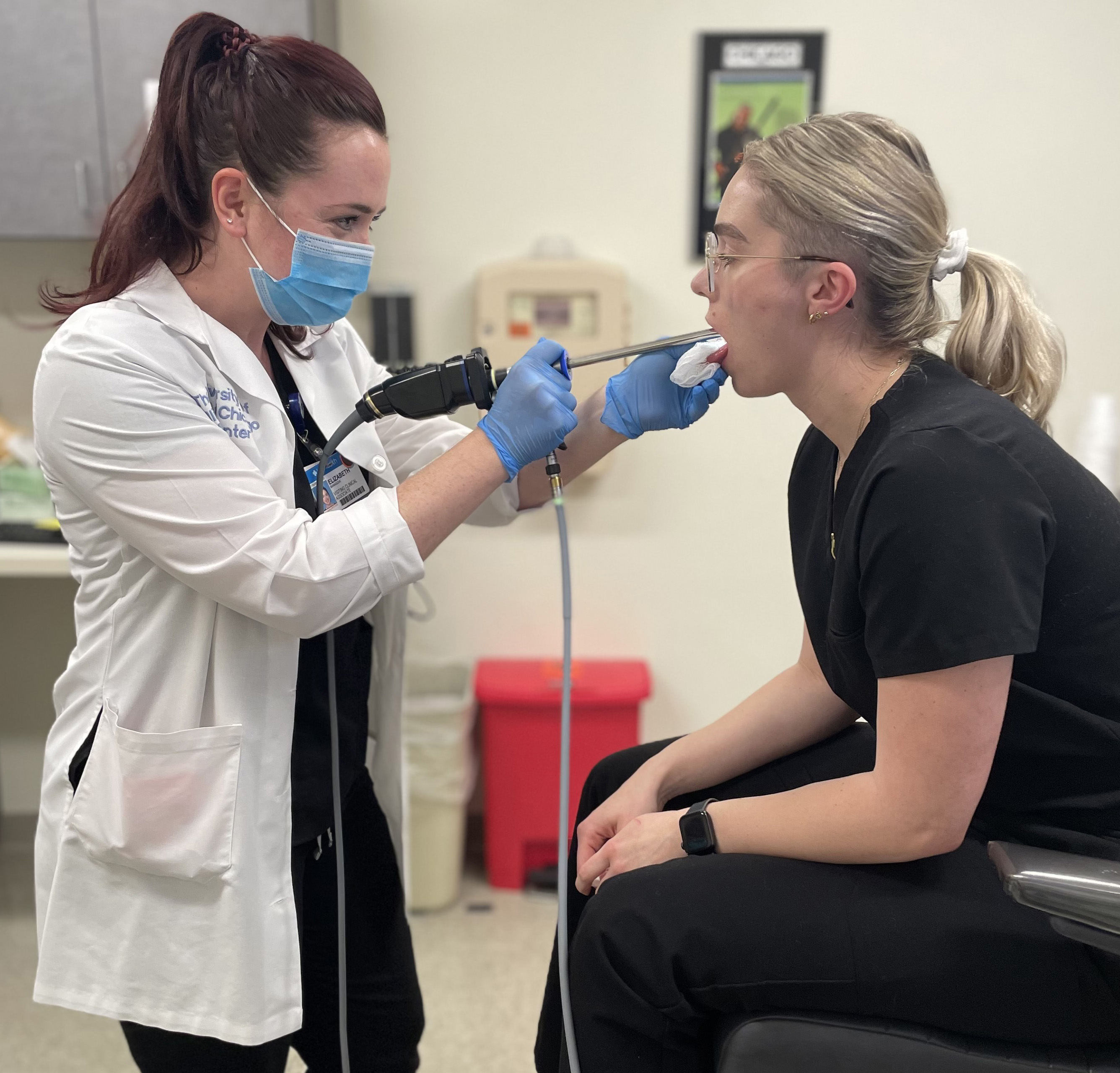Voice Evaluation
Perceptual Voice Evaluation
A comprehensive voice evaluation requires several components that complement the medical evaluation. Like the medical evaluation, we also rely on a thorough, complete history of the voice problem. This includes background, medical history, lifestyle, eating habits, medications, voice use and any strategies used to help with the problem. We understand that you may have already told the story, but we find that often in re-telling the story, people remember more specific details and we can use additional information to better serve you. We also ask additional questions that help us structure a practice so you can incorporate new voice habits more easily into your daily routine.
Another major component of the voice evaluation is a perceptual analysis which is achieved primarily through listening to you speak and sing. Speech-language pathologists are trained to identify normal and abnormal voice characteristics. We are listening to voice quality, breath control, resonance, pitch, loudness, melody and the rate of speech and the presence or absence of muscle tension. Hands on assessment of laryngeal musculature is a key component of the evaluation. The speech-language pathologist will feel many structures of your throat to help with the assessment of muscle tension.
